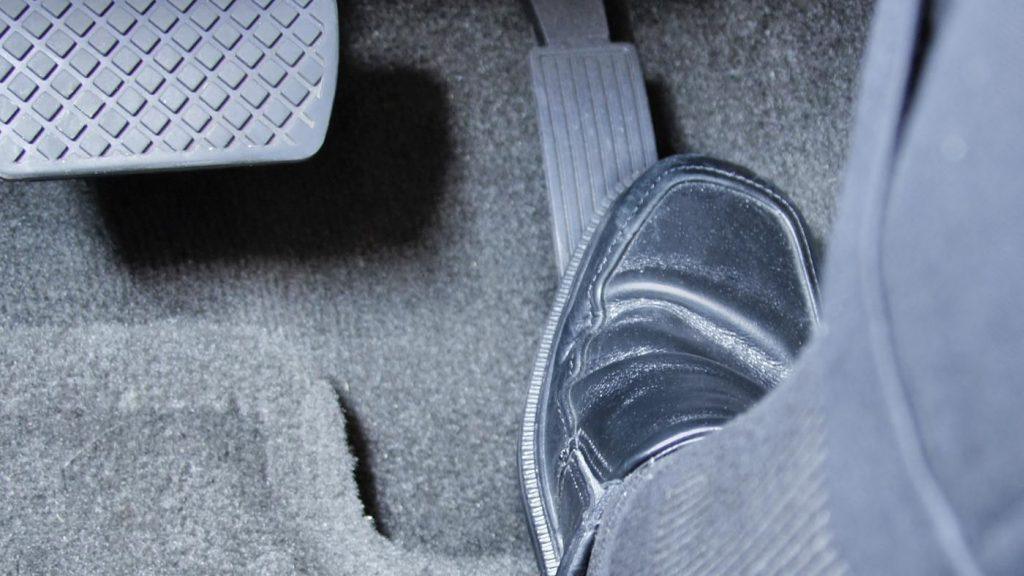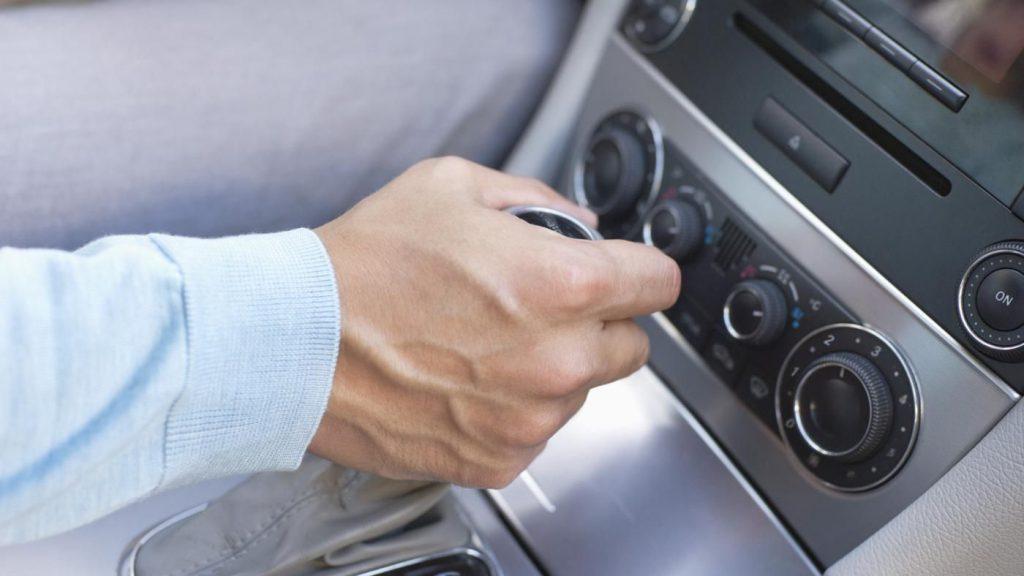Everyone loves to travel in hills but going downhill might be full of challenges especially when the distance is longer. In such situations, it is useful to select the gear to maintain the speed at a particular level so that no extra brake is required. However, the question “is engine braking when going downhill contradictory to automatic transmission” is the one whose answer is necessary to know every driving person.
So, let’s find out the answer right now!
Contents
Does Engine Braking When Going Downhill Actually Affects The Automatic Transmission?
Driving through the hilly area could be difficult sometimes. The impact of engine braking on the automatic transmission while going downhill is a debatable topic among many people. But, what exactly is an engine brake and does it dwindle the automatic transmission efficiency? The answer you will find right here.
What exactly is engine braking?
When you take your foot out off the gas pedal, that’s the moment when engine braking occurs. Most people confuse this term with other types of braking like Jake braking or compression release. Engine braking has a different mechanism than other braking systems.
-

What is engine braking when going downhill? (Photo: Reference.com)
The major portion of the engine comes into action, the instance when the gas pedal closes the throttle valve. This valve is the source of the engine’s air intake with the help of a butterfly valve to create a vacuum and reciprocate the pistons in the engine. As a result, the engine slows down which ultimately slows down the wheels too.
Therefore, engine braking when going downhill has a major role when you want to slow down the vehicle.
Read more:
- What does shifting reverse gear at high speed would do?
- Manual or automatic transmission, which one is the fastest?
Why is engine braking prohibited in some areas?
You may have seen signs, usually in residential areas, that say “No Engine Braking” and wondered why you’re not allowed to change gears. To understand why the sign is posted, it is necessary to distinguish between types of engine brakes.
In short, your passenger car relies on the vacuum created inside your engine to add resistance to your wheels. On a pickup truck with a large diesel engine, the procedure works a little differently. A compression release, called a “Jake brake”, opens the release valves at the top of the compression stroke, creating more force in the engine to help slow the truck. This process creates a really loud noise like a gunshot or backfire. In some locations, this activity is banned simply to reduce noise.
Some people may think that engine braking can cause damage to your vehicle. Well, that’s true if you overdo it. Make sure to use it properly. Avoid downshifting at high speeds. Only shift one gear at a time when your vehicle is slowing down.
How is it useful for automatic transmission?
Engine braking helps you to maintain control over the vehicle by reflexively reducing the wear on the brakes. Whenever you are driving down the hill, nothing could be more useful than engine braking, and will not even affect the transmission. Wondering why? The fact is that transmission has nothing to do with the slowing down process, literally!
Because automatic transmission changes the gear ratios depending upon the motion so that you as a driver stay, free from shifting the gears each time. Whenever you release the gas pedal and step on the brake while driving downhill, the active engine neither burns the fuel nor generates the heat consequently; an automatic transmission isn’t exhausted at all.
However, efficient use of engine braking is proof that you are completely aware of what’s ahead of you on the road. In a situation when the road is wide and easy enough to travel with 40mph, it is useful to press the brake down to 40mph, switch to a lower gear, and take off your feet from the pedals. You might even find this criterion in any driving tips as well. This will not just keep you safe but help you slow down in critical conditions.
-

Major role of engine braking when going downhill. Credit: Getty Images/Onoky
Engine braking is not just useful for transmission and brake pad wearing but also, improves the fuel economy, as your car wouldn’t have to come to a hard stop, which would require re-accelerating each time when you step on the gas pedal.
Watch more:
Therefore, engine braking when going downhill is useful for an automatic transmission in every possible way!



